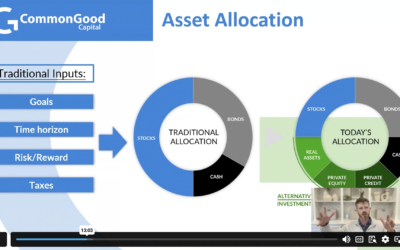In our last newsletter we discussed Section 8 housing vouchers available for qualifying people and properties. Vouchers help pay the cost of rent, but there is also a massive need for more affordable housing units. The Low-Income Housing Tax Credit (“LIHTC”) program was enacted under the 1986 Tax Reform Act and incentivizes construction or rehabilitation of affordable housing. It’s estimated there is a shortage of more than 7 million units of affordable housing for our nation’s 11 million extremely low-income families according to National Low Income Housing Coalition. The LIHTC program is the most important federal resource available for development and rehabilitation of affordable housing.
To incentivize affordable housing developers, the IRS allocates tax credits to each State based on their population. Each State has a tax credit agency that distributes the tax credits to developers to help met the State’s affordable housing needs. Developers and investors must comply with strict requirements but can then receive a tax credit lasting up to 10 years. These investors often are banks and large insurance companies.
By definition, Affordable housing typically provides housing to residents who earn between 30% – 80% of the area medium income (“AMI”). Rents are not based on the tenant’s income, but rather are determined by the Land Use Restriction Agreement (“LURA”) tied to the specific property and unit. These LURA and compliance requirements are often in place for 15 – 30 years at a property. LIHTC rents are set at 30% of the income of the AMI restriction of the unit. Using a simplified version of the LIHTC rent formula, a qualifying family earning $35,000 (50% of relevant AMI) that moves into a LIHTC property would pay a maximum rent of $875 per month ($35,000 x 30% /12 months). If that family’s income increases after they move in, they are not disqualified from staying in the unit and their monthly rent does not increase, because the monthly rent is tied to the prevailing AMI. For context, these LIHTC property rents are often several hundred dollars less per month than the “market rate” rents in a particular area.
Affordable housing solutions are not a one size fits all. Next newsletter we will look at the important role that workforce housing plays for residents who may not qualify for Affordable housing options.





